UM Surabaya Alert for COVID-19
What is COVID-19?
COVID-19 is a new type of infectious disease that was discovered in 2019. This disease comes from the coronavirus, which is a large family of viruses that cause several acute respiratory diseases, such as Middle East Respiratory Syndrome (MERS-CoV), Severe Acute Respiratory Syndrome ( SARS-CoV), to the latest Covid-19.
The spread of the COVID-19 virus is through droplets, which are fluids that come out of the body when someone talks, sneezes or coughs. Currently the best way to stop the spread is by social distancing (maintaining distance).
Precautions:
- Wash hands properly for 20 seconds
- Don't touch your face
- Wear a mask
- Avoid social gatherings
- Rubbing your hands with an alcohol-based sanitizer
- Avoid shaking hands to help protect yourself and others from
What Are The Basic Symptoms?
The following are the basic symptoms that often appear in sufferers of Covid-19.
Coughing And Sneezing
When you have a cold, some people can also experience sneezing. Sneezing occurs due to a foreign object in the nose.
High Fever
Fever has long been a symptom of coronavirus infection. Fever is characterized by a body temperature that reaches more than 37.5 degrees Celsius.
Sore throat
Sore throat usually occurs due to the intensity of a strong cough. Sore throat will feel like pain and heat in the throat to make it difficult for the patient to swallow.
Difficulty Breathing
These symptoms sometimes make it hard to breathe, but they don't make it difficult for the patient to breathe as in the case of shortness of breath.
Continuous cough
Cough caused by Covid-19 has its own characteristics. Coughs are generally dry, without phlegm production in the throat.
Headache
Headache is a marker of infection. In Covid-19, headaches generally appear in the form of a throbbing sensation.
How To Stay Safe Important Precautions
Preventing Covid-19 is an important thing that must be done by everyone. Prevention will help break the chain of eye transmission and save yourself and your family from infection. The World Health Organization (WHO), has recommended several steps to prevent Covid-19

Washing hands with soap or hand sanitizer

Wear surgical mask or face shield

Membersihkan tangan dengan alkohol

Spraying disinfectants

Body temperature measurement

Social distancing
News dan Article
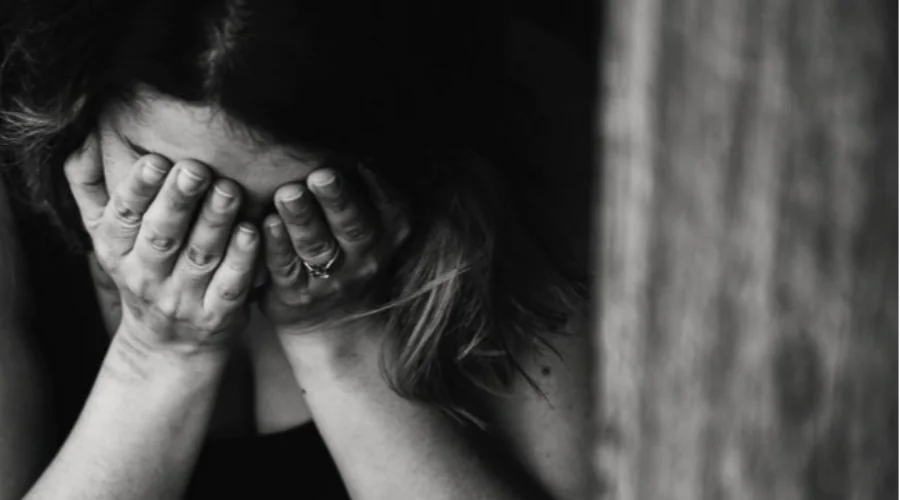
- 26 Feb
- 2022
Psychology Lecturer Describes Factors that Trigger Someone to Experience Depression
The impact of the COVID-19 pandemic does not only affect physical health, but also affects the mental health of millions of people, both those who are directly exposed to the virus and those who are not directly exposed. One of the most common men [Read More]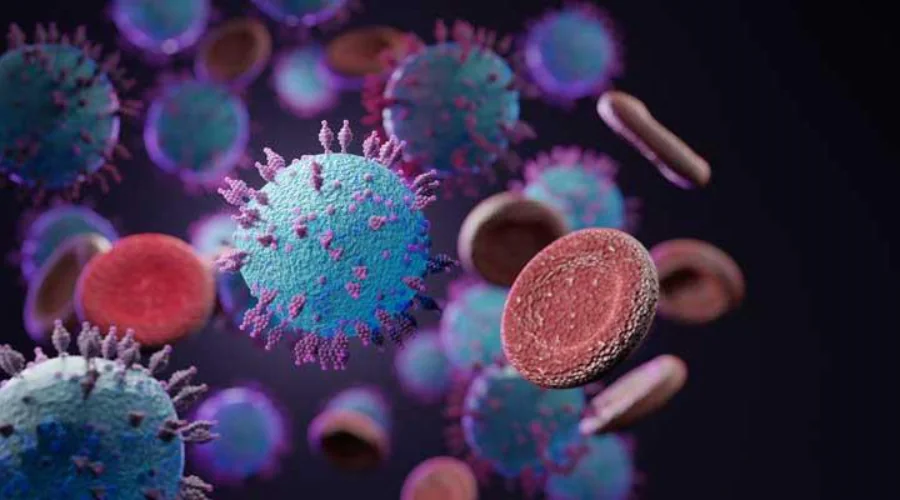
- 20 Feb
- 2022
UM Surabaya Lecturer: This is a Way to Prevent Omicron in the Elderly that You Must Know
Based on report data via https://covid19.go.id/ as of February 18 2022, the number of deaths due to Covid-19 at the age of over 60 years is 46.8%, meaning that the number of deaths in the elderly is quite a lot. The elderly are the most vulnerable [Read More]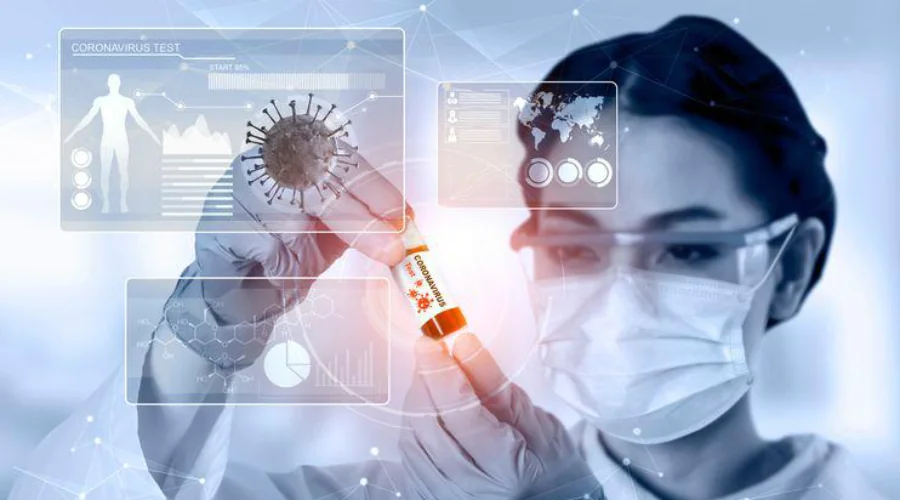
- 15 Feb
- 2022
UM Surabaya Lecturer: This is a Safe Vaccine for Pregnant Women
Pregnant women are one of the vulnerable groups who have a high risk of exposure to disease, especially Covid-19 infection. These conditions certainly need special attention, so that maternal and infant mortality rates due to Covid 19 can be suppr [Read More]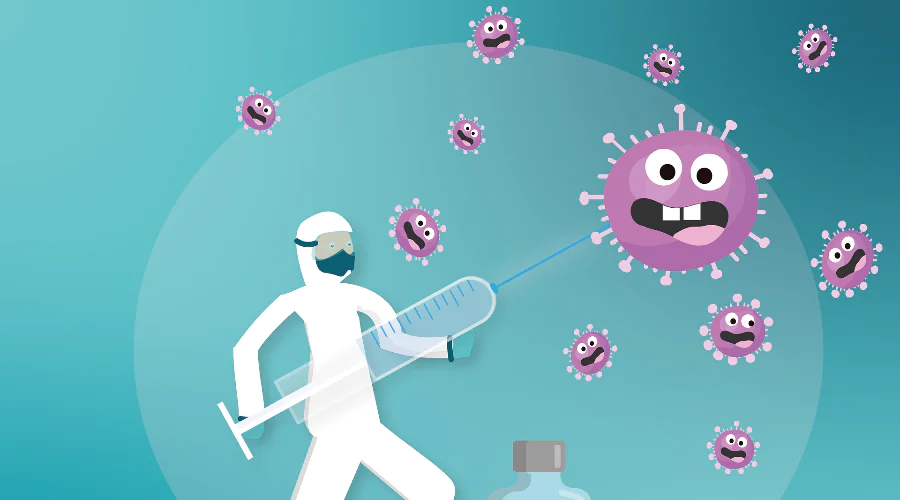
- 14 Feb
- 2022
FK Lecturer Explains Preventing Omicron in Children
Children have a risk of being infected with the Omicron variant. Cases in children jumped dramatically in early January 2022. There were 324 cases found until February 7 2022, an increase of 1000% in the number of 7190 positive Covid-19 children, [Read More]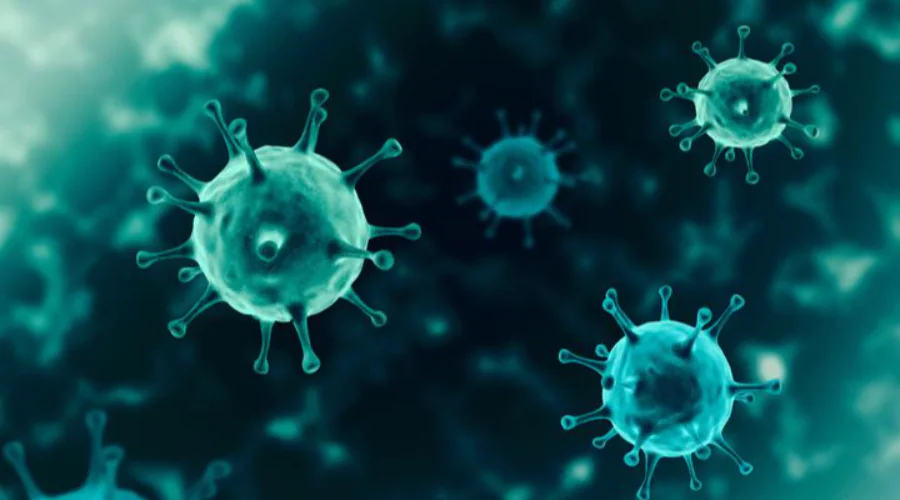
- 07 Feb
- 2022
UM Surabaya Faculty of Medicine Lecturer Asks People Not to Take Omicron for granted
After the Delta variant which spread throughout the world including in Indonesia, there is currently a new variant of Covid-19, namely the B.1.1.529 variant which is called Omicron. This variant has at least 30 amino acid substitutions or changes, [Read More]
- 27 Jan
- 2022
UM Surabaya Lecturer: This is what needs to be considered after booster injections
The government urges the public to continue to comply with health protocols and also carry out a Covid-19 booster vaccine to avoid the omicron variant. For those who meet the requirements or have received the first and second vaccines, booster vac [Read More]Frequently Asked Questions
Things you need to know about the coronavirus to protect you and your family
Need Help?
Please contact the UMSurabaya COVID-19 Handling Team via the whatsapp chat below
UMSURABAYA COVID-19 MITIGATION HOTLINE (081234558759)








